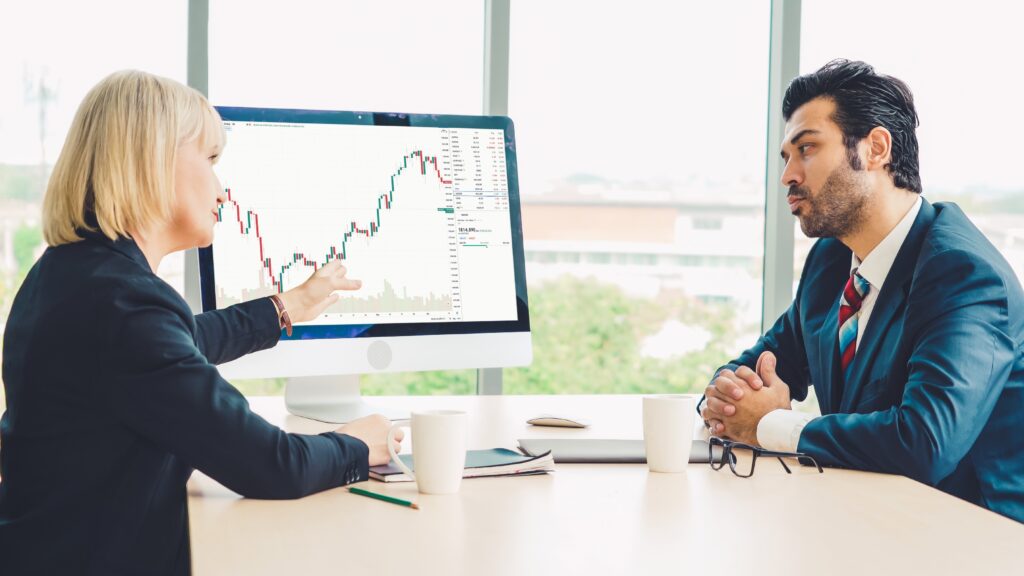Leverage has become one of the critical factors that help traders make more money. It enables traders to make high-quality trades in the market at very low prices. Let us discuss the importance of leverage in forex trading in this article.

What is Leverage?
Leverage is defined as the amount of money one can borrow at any given time against a given asset or a given currency. The more leveraged a trader is, the higher his risk profile.
Leverage in Currency Trading
A quick glance
Leverage is the amount one can borrow at any given time against a given asset or a given currency.
Generally, the 1:100 leverage ratio is considered best in forex trading.
There are mainly two ways for leverage trading – direct or indirect
Indirect leverage is less risky than direct forex trading but can still be expensive. You have to pay a commission to a brokerage firm per trade in this method.
Leverage in Forex example
Is high leverage is good in forex trading?
If you are a high-leverage trader, the market forces your price down to acceptable levels and eventually may get out of control. In other words, extreme leverage can lead to disaster.

What is the Best leverage in forex trading?
Indirect VS Direct Leverage in Forex Trading
Direct trading involves a high-risk level since dealing with the counterparty directly. One significant advantage is that the price action level will be determined by real-time market data but nothing else.You don’t have to worry about the market’s internal functioning because the trader controls everything. As such, you can be sure you will get the correct price information without waiting for any announcements or statements from the central bank. However, this type of leverage is not recommended if you don’t have complete confidence in the market data.
Indirect leverage is less risky than direct forex trading but can still be expensive. Here, you will have to pay a commission to a brokerage firm per trade, ranging from a few dollars to a few thousand dollars. It means the trader will pay the trades and brokerage fee.
This type of leverage can reduce your profits, depending on how volatile the market is, and can sometimes even lead to the trader losing his money because of market inefficiencies. If used correctly, there is no downside to indirect leverage.
Forex traders use various types of leverage, depending on the forex market’s situation at a particular moment. Some traders stick to the traditional ‘buy-and-hold strategy, meaning they do not trade very often and thus do not require much leverage.
Some traders believe that how much leverage a trader applies is not important. What is more important is how a trader uses that leverage. Other traders like to make a quick profit from small profit moves in the market; they, therefore, apply large leverage. These types of forex traders prefer to use both kinds of leverage and are often known as swing traders.
Conclusion
Before starting trading, you need to learn all about leverage. Once you know how leverage works, you can evaluate whether or not you want to take up forex trading.
The leverage in forex trading can make a big difference in your earnings. However, it is not always the best tool for the seasoned trader. In fact, you should always analyze the situation before deciding how much leverage to apply.
0 Comments